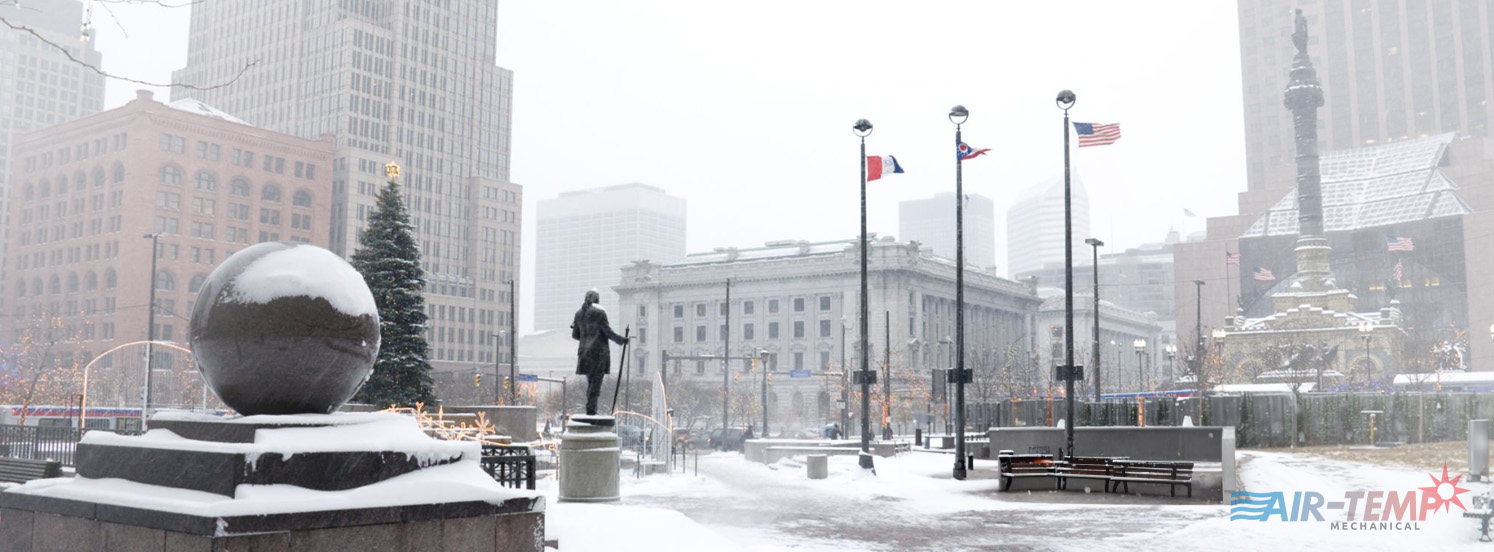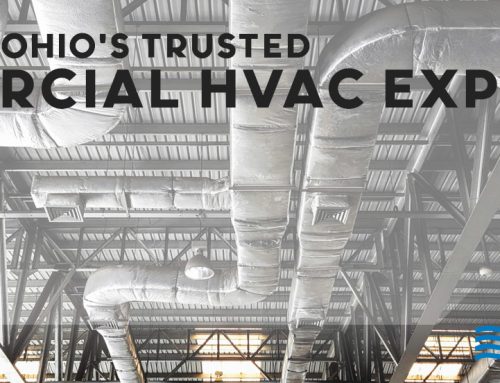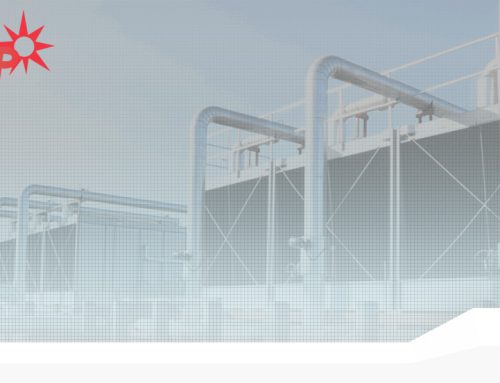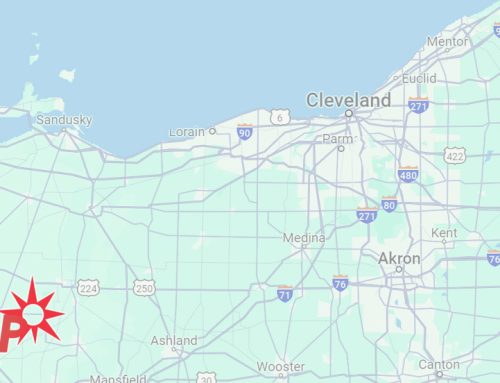As temperatures plummet to zero degrees or lower, the efficiency and functionality of commercial rooftop HVAC (Heating, Ventilation, and Air Conditioning) systems become crucial for maintaining indoor comfort. However, these extreme weather conditions pose significant challenges for HVAC systems, leading to potential failures and performance issues that can disrupt operations and cause discomfort for building occupants. Understanding the common failures that occur in freezing temperatures is essential for preemptive measures and ensuring uninterrupted system functionality during harsh weather conditions.
- Compressor Concerns: One of the most prevalent issues in freezing temperatures involves the compressor. Cold weather can cause the oil inside the compressor to thicken, making it harder to circulate. This can lead to increased strain on the compressor, reduced efficiency, and potential system failure. In some cases, the compressor might even fail to start, resulting in inadequate heating or complete system breakdown.
- Frozen Condensate Lines: Another common problem during freezing temperatures is the freezing of condensate lines. When water condenses and freezes within the HVAC system’s piping, it can block the flow of air and impair the system’s performance. If not addressed promptly, this issue can lead to water leaks and significant damage to the system.
- Thermostat Malfunction: Freezing temperatures can also affect the accuracy and functionality of thermostats. Extreme cold can interfere with the thermostat’s sensors, causing incorrect temperature readings and erratic system behavior. This can result in inconsistent heating, discomfort for occupants, and increased energy consumption.
- Icing on Outdoor Units: Outdoor units of rooftop HVAC systems are exposed to the elements, making them susceptible to icing during extremely cold weather. Ice buildup on the outdoor coils can restrict airflow, reduce system efficiency, and strain the system’s components, leading to potential breakdowns if not addressed promptly.
To mitigate these common failures and ensure the smooth operation of rooftop HVAC systems during freezing temperatures, several preventive measures and maintenance practices can be implemented:
- Regular Maintenance: Scheduled maintenance, especially before the onset of winter, is crucial. This includes inspecting and cleaning components, checking refrigerant levels, and ensuring proper insulation of pipes and ductwork to prevent freezing.
- Heater Installation: Installing crankcase heaters for compressors and electric heaters for condensate lines can prevent oil thickening and freezing, respectively. These heaters maintain optimal operating temperatures for critical components.
- Thermostat Calibration: Calibration and periodic checks of thermostats ensure accurate temperature readings and proper system functioning, even in extreme weather conditions.
- Proper Insulation and Drainage: Adequate insulation of exposed pipes and ducts, along with ensuring proper drainage for condensate lines, helps prevent freezing and blockages within the HVAC system.
- Timely Repairs: Prompt identification and repair of any issues, such as leaks or component malfunctions, are crucial in preventing minor problems from escalating into major system failures during freezing temperatures.
Extreme winter weather in Cleveland can encompass various conditions, including:
- Cold Temperatures: Winters in Cleveland pose challenges for rooftop HVAC systems due to bitterly cold temperatures. Average lows between the teens (Fahrenheit) and sub-zero temperatures can strain HVAC components. Wind chill factors exacerbate these conditions, potentially impacting the system’s efficiency.
- Snowfall: Significant snowfall during winter affects rooftop HVAC systems. Snow accumulation on the rooftop can hinder proper ventilation and heat dissipation, potentially leading to reduced system performance and increased energy consumption.
- Ice Storms: Freezing rain and ice storms create hazards for rooftop HVAC units. Ice accumulation on the system can damage components and impede airflow, affecting heating and cooling capabilities and potentially causing system failures.
- Blizzards: During blizzard-like conditions, rooftop HVAC systems face challenges from heavy snowfall and strong winds. Accumulated snow and reduced visibility can obstruct system access for maintenance, potentially impacting its functioning.
- Lake Effect Snow: Cleveland’s proximity to Lake Erie makes rooftop HVAC units vulnerable to intense bands of snowfall. Heavy localized snow accumulation on rooftops can affect system ventilation and pose challenges for system maintenance and accessibility.
- Temperature Fluctuations: Rapid temperature changes in winter can strain rooftop HVAC systems. Sudden warm-ups followed by rapid drops can cause freezing and thawing cycles, potentially leading to system malfunctions and challenges in maintaining consistent indoor temperatures.
These winter conditions in Cleveland can pose significant challenges for rooftop HVAC systems, requiring proactive maintenance, insulation, and protection measures to ensure optimal performance during the harsh winter months.
Commercial rooftop HVAC systems face several challenges when temperatures drop to freezing levels. Understanding the common failures that occur in these conditions and implementing proactive maintenance measures are vital to ensure the reliable and efficient performance of HVAC systems, maintaining indoor comfort, and preventing costly disruptions to business operations during extreme cold weather. Regular inspections, timely repairs, and appropriate precautions can significantly mitigate the risks associated with freezing temperatures, allowing HVAC systems to operate optimally even in the harshest winter conditions. For information about maximizing HVAC system efficiency, read our article here.







Leave A Comment